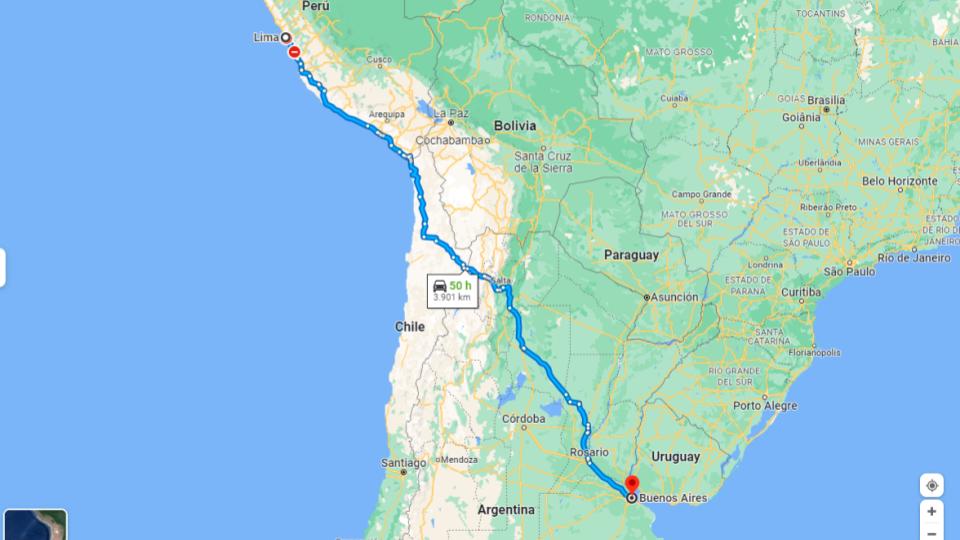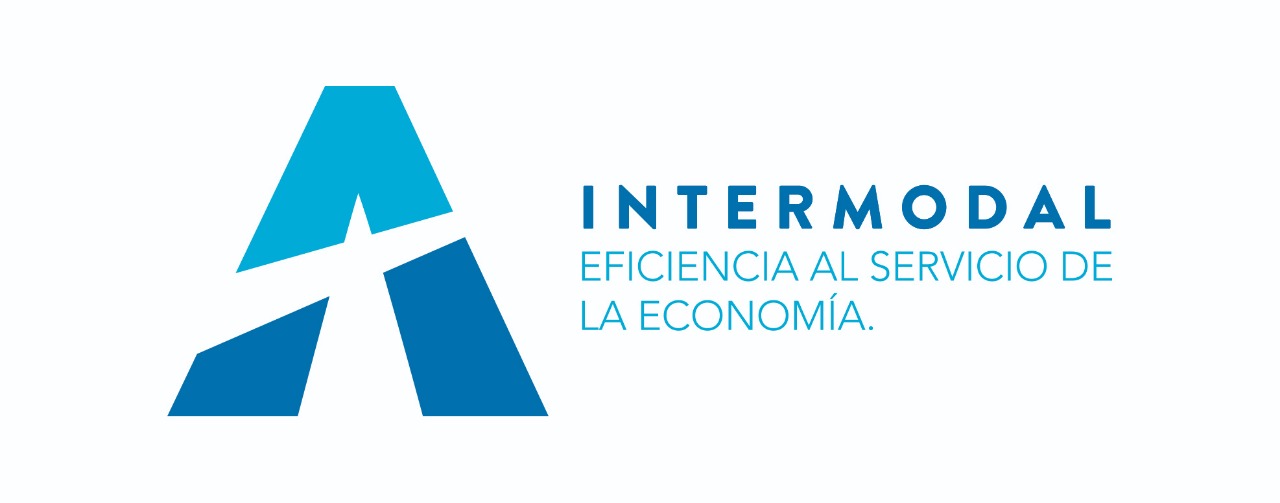The authorities must enable the 53-foot container: The American continent needs a new Merchant Marine from each country and strongly linked to domestic and regional land logistics
Photo: FedEx 53-foot containers on the regular ship chartered by UCM to establish a route between the US and China with said type of unit and consolidation format. Link to source
America can’t keep waiting
The case of UMC United Managment Cargo Charleston will go down in Logistics History as the first regular service agreement for an ocean route for 53-foot containers, in which ships are regular charters and not a «liner» in which that intends that all customers be served with only their own 40′ containers and even with their employees, trucks and trains well within a territory.
This UMC case would correspond to an initiative in which we at AIMAS define it as «White Line», so we suggest reading the description.
The «successful container crisis» conditioned the planet in its transoceanic foreign trade during the COVID19 Pandemic and, as usual, news is beginning to come to light. The solutions: From the country where the concept was born, the culture of intermodalism, today its ground logistics players are getting on board to expand the market and respond to their customers.
The countries of America that still do not have regulations for the circulation of 53-foot containers should wake up, because the course is already beginning to reveal its way.

Public responsibility
Although not all of America has roads, streets and paths suitable for the free circulation of trucks with 16.15 m (53 ft) semi-trailers, it is clear that absolutely all countries have ways where these trucks can circulate without inconvenience.
El Mundo will begin moving 53-foot containers. 93% of America econnomy is already doing it (Brazil, Canada, USA and Mexico), and today it is beginning to cross the ocean to China.
With all the operational security that must be available, the challenge is economic and productive, since the countries, regions, and provinces that release adequate road traffic sooner will ensure that their land companies (trucks, logistics, and railways) enter to the market of ownership and local, regional and transoceanic operation of this new logistics with its own 53-foot containers (and those of its colleagues around the world).
Carbon Footprint (And costs!)
Between a 40′ container and a 53′ container on board trains, the difference in footprint and cost reduction is between 12 and 40% depending on the parameter being analyzed.
In the case of the standard and wider gauge railway lines (1,435 m onwards), the impact between mobilizing 500 meter trains with 40′ containers and using 2,500 meter trains with double stowage of 53′ containers, exceeds by six times the demand for available infrastructure (that is, in the first case, 40 km of tracks are required for the simultaneous movement of all the trains in simple 40′ stowage and 500 m long, while for the second case, only a 7 km sector is required for that only equivalent train in circulation).
In the automotive sector, the range of reductions will exceed 30%, since with the same equipment 50% more cargo volume will be mobilized.
Technically, the advantages are observed and verified in a few simple accounts, but the challenge is cultural, where understanding the role of the commercial mile will be essential, since intermodal is an economic transport culture and not a simple technical issue: It is a way of shaping the chain and a very committed way of complying with the client and with the colleagues of all the links, even with the competitors.

From Buenos Aires to Lima: The Automotor solved it
The container crisis pushed exporters and importers to make decisions, and internationally licensed motor carriers to attend to those needs.
One of the firms that is serving a client several times a week, has an agreement with a colleague, and transships the merchandise at the border, which reduces costs by up to 30%.
That same exercise, if a competitive container such as the 53-foot container were available, could be carried out by transferring the unit from one semi-trailer to another or to a rail wagon at one or more points of the route, but the most interesting thing is that the exercise shows that These carriers, as actors of the commercial mile, are able to contract hold to ships and send their own containers in service to their clients.
It’s the moment. It is happening and all public and private actors must join in generating knowledge, implementing new and best practices that make the best and greatest logistics offer for the production of our localities, provinces, countries and regions, but the first piece is that States enable the free circulation of 53-foot containers and provide for the transit of semi-trailers of that size.
Bahía Blanca, Marzo 3 de 2022
Asociación Intermodal de América del Sur

